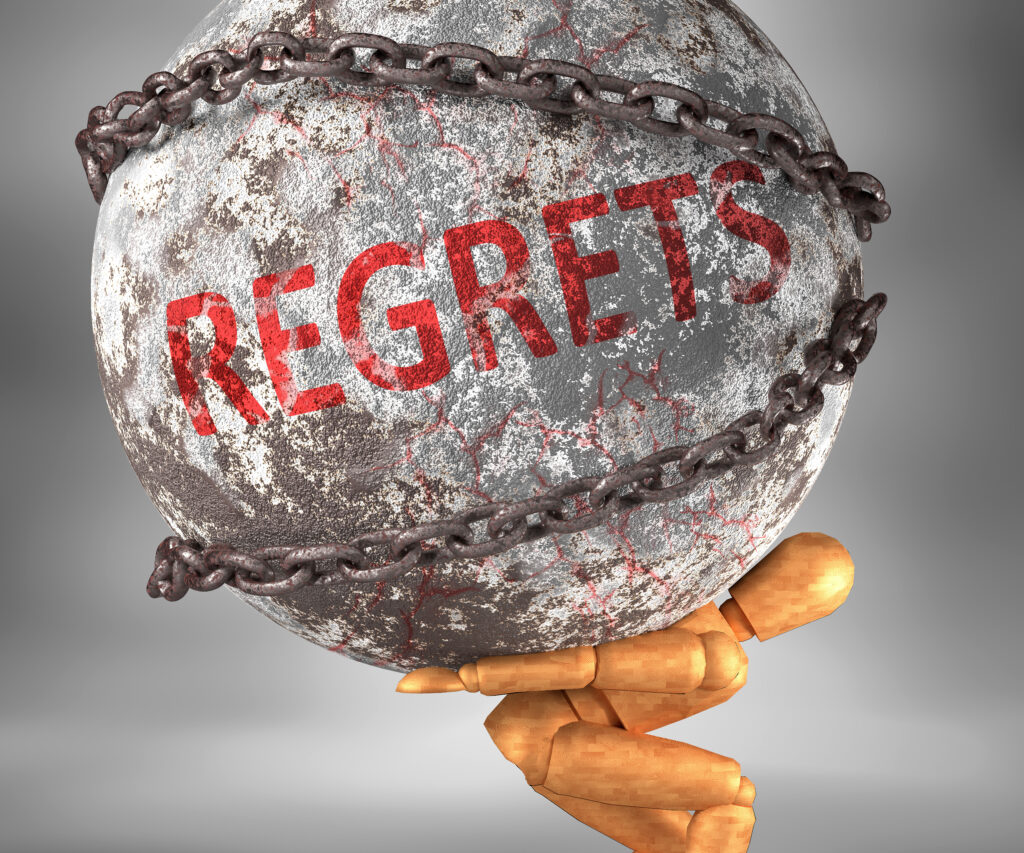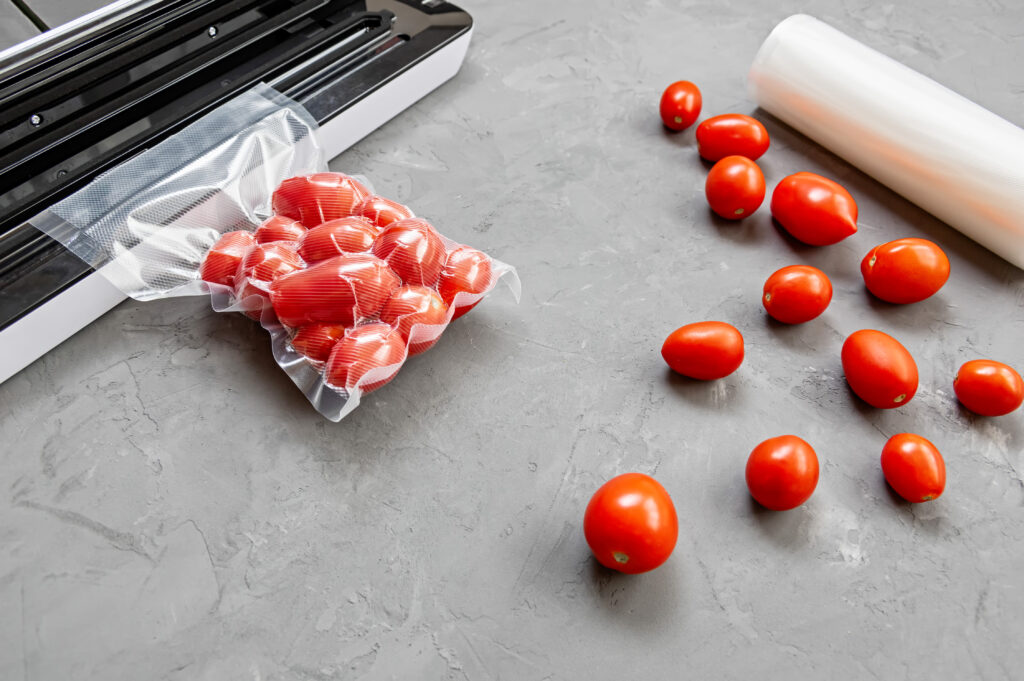Well, it’s here…tax season is finally upon us. It’s that dreaded time of year that many of us have actively tried not to think about for the last few months. However, I’ve learned from experience that procrastinating only makes things worse. That’s why my husband and I have created a to-do list before filing taxes to make it as easy and stress-free as possible.
Our T0-Do List Before Filing Taxes
Ever since I was a student, I had a horrible habit of putting things off until the last possible moment. After a few self-induced panic attacks and deadlines that were cut a little too close, I decided it was time to make a change. Whether it was school work, chores, or financial responsibilities, I started keeping to-do lists to ensure deadlines no longer snuck up on me. If you are like me and tend to self-sabotage with the same bad habits, here’s our to-do list before filing taxes that could make the process a whole lot simpler.
1. Make a checklist.
When it comes to filing your taxes, most of the work comes down to locating all the documents you will need when the time comes. As I’ve learned, it can be a nightmare if you wait until the last minute.
Several years ago, I realized that I didn’t have everything I needed a few days before the deadline. So, my priorities immediately shifted. I spent hours searching through stacks of mail for the paperwork. I also discovered how painful it is trying to contact your employer and financial institutions during one of the busiest times of the year. Luckily, I got everything to finish my return on the last day to file.
Now, I start this process months in advance. It starts with a checklist of what we need to do and setting deadlines to keep us ahead of procrastination.
2. Take inventory of all your documents.
Thinking ahead and staying organized can prevent a lot of headaches. The checklist provides a good reference to make sure you don’t miss anything. However, I take it one step further to take inventory of all the documents so I can watch for them in the mail and gather them for when we need them. This usually includes W-2s, 1099s (including 1099-K, 1099-MISC, and 1099-INT), and personal receipts for itemized deductions. Since my husband and I file jointly, this means there are two sets of documents to collect.
While you can start from scratch, I found it helpful to look at past returns to save time. All statements must be sent out by January 31. So if you haven’t received them yet, you should probably contact the people responsible for preparing them. You may also be able to access them online. Amending returns can cost you time and money, so it’s best to make sure you have everything you need to complete your return accurately.
3. Upload digital copies for our CPA.
Even before we got married, my husband and I both realized that our taxes were too complex to handle on our own. Therefore, we have both used tax professionals to help us stay on top of things. Now that we file jointly, we use the same CPA to ensure we maximize our return every year.
Not only are tax professionals more experienced, but they also have better knowledge of the tax codes so we don’t miss any deductions. We have a great working relationship with our CPA. Part of this is because we try to prepare months ahead of the deadline to beat the rush. To make it easier, we upload the digital copies of our documents through his firm’s portal at least two weeks before our appointment to give him time to prepare everything. This greatly reduces the amount of time we spend in his office reviewing all our information and helps us get our return faster.
4. Make sure we have maxed out contributions to retirement accounts.
Once the paperwork has been taken care of, the next step is to see if we have maximized all possible deductions, including contributions to our retirement accounts. These accounts offer a huge advantage by reducing your taxable income and lowering your bill to the IRS. However, many people don’t realize that you can still make contributions for the previous year up until the filing deadline.
The first step is to verify the income limits for each type of account you hold (IRAs, 401(k)s, HSA, etc.) Then, you need to check how much you have contributed to each one for the year to see if you have any room to invest. However, if you found that you put in too much, you have time to withdraw excess contributions and avoid taxes and penalties.
5. Decide whether you need an extension.
In the past, I have experienced several hiccups when filing taxes, especially when I lived overseas. There was one year it was impossible to get everything together in time. Rather than incur penalties, I filed for an extension to give myself more breathing room.
If you are waiting on amended documents or having difficulty obtaining what you need, this may be a wise decision. Most tax preparers would agree that it’s better to wait until you have what you need rather than submit an incomplete return and have to amend it later. Those who file for an extension will have until October 16 to file their 2022 tax returns.
Important Things to Remember When Filing Taxes for 2022
Although this to-do list for filing taxes has been helpful, there are still surprises that come up. Here are a few important things to remember for this fiscal year:
- The last day to file or request an extension is April 18th.
- The tax brackets have changed.
- You should be thinking now whether you will hire a tax professional or use tax software to save money. If you choose to file yourself, this guide can help you choose the best software for you.
Staying ahead of deadlines can make things simpler. But, smart strategizing can save you valuable time and money, optimize your return, and help you get closer to your financial goals. Are you ready for the 2022 tax season?
Read More
- How to Fix a Tax Preparer’s Mistake
- Business Taxes Made Easy: How to Organize Receipts for Taxes
- Filing Taxes on Foreign Income
- How To Record IRA Contributions in Quickbooks

Jenny Smedra is an avid world traveler, ESL teacher, former archaeologist, and freelance writer. Choosing a life abroad had strengthened her commitment to finding ways to bring people together across language and cultural barriers. While most of her time is dedicated to either working with children, she also enjoys good friends, good food, and new adventures.



